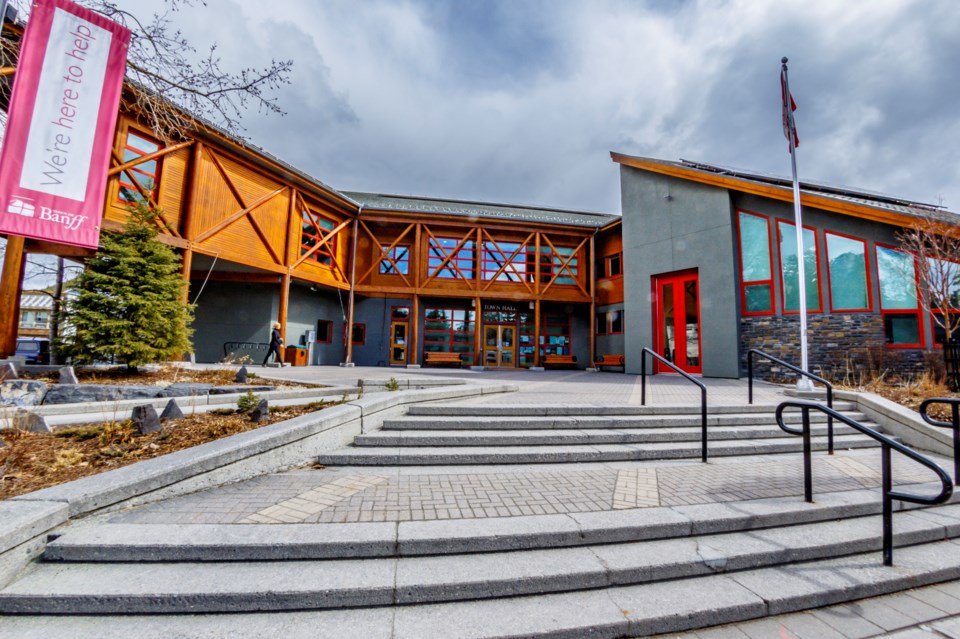BANFF – Banff’s municipal census has been pushed back until at least 2026.
Council voted 5-2 to move the $35,400 municipal census from 2024 to 2026 as a cost-cutting measure in this year’s operating budget, with Couns. Chip Olver and Grant Canning wanting it to go ahead sooner rather than later, though.
Administrative officials say the province has stopped using municipal censuses in recent years for distributing per capita grants, noting a federal census provides a count and federal tax filer data also includes a summary of population counts.
Town Manager Kelly Gibson said some of the questions typically asked of residents in the municipal count about community-specific issues, such as commuting or housing as has been done in the past, could be gleaned in a different, more cost-effective way.
“As an option to an actual census, we would bring back a report or an idea for 2025 service review that would help us gain some of the information that we gather,” he said during the final budget meeting on Jan. 17.
The last municipal census was completed in 2017, with a permanent population count of 8,865 and shadow population of 793 for a total count of 9,658.
The 2024 municipal census returned a final population of 9,386 residents – 8,421 permanent and 965 non-permanent – but the province didn’t take into account the shadow population.
Mayor Corrie DiManno voiced support for postponing this year’s municipal census, saying population data can be gathered through the federal census while she is confident other community information could be collected in other ways.
“At such a time where we feel we do need those precise updated census numbers for grant applications, we can undergo a census at that time,” she said.
Canning said the municipal census has typically been more accurate than the federal one, as local remunerators are more familiar with the “nooks and crannies” of Banff’s homes, including staff accommodations.
In addition, he said doing a municipal census on regularly scheduled intervals, for example, every five years, also maintains integrity of data.
“We haven’t done one for a while so I think it’s important to do it as soon as we can,” said Canning.
Darren Enns, director of planning and environment for the Town of Banff, said Statistics Canada has been a lot better at reaching out to the Town of Banff ahead of conducting a federal census.
“We’ve been working with them on making sure they have as up-to-date data as we can make available, so we provide them with all address lists and things like that,” he said.
“We believe the 2021 federal census was probably the most accurate census ever conducted.”
According to the 2021 federal census, the Town of Banff had a population of 8,305, indicating a 5.8 per cent increase in population from the previous federal census in 2016.
A shift between the two census periods showed Banff’s population growth from 2016 to 2021 aligned more closely with Calgary’s than Jasper’s. In contrast, during the 2011-2016 period, Banff and Jasper had almost identical population growth rates.




